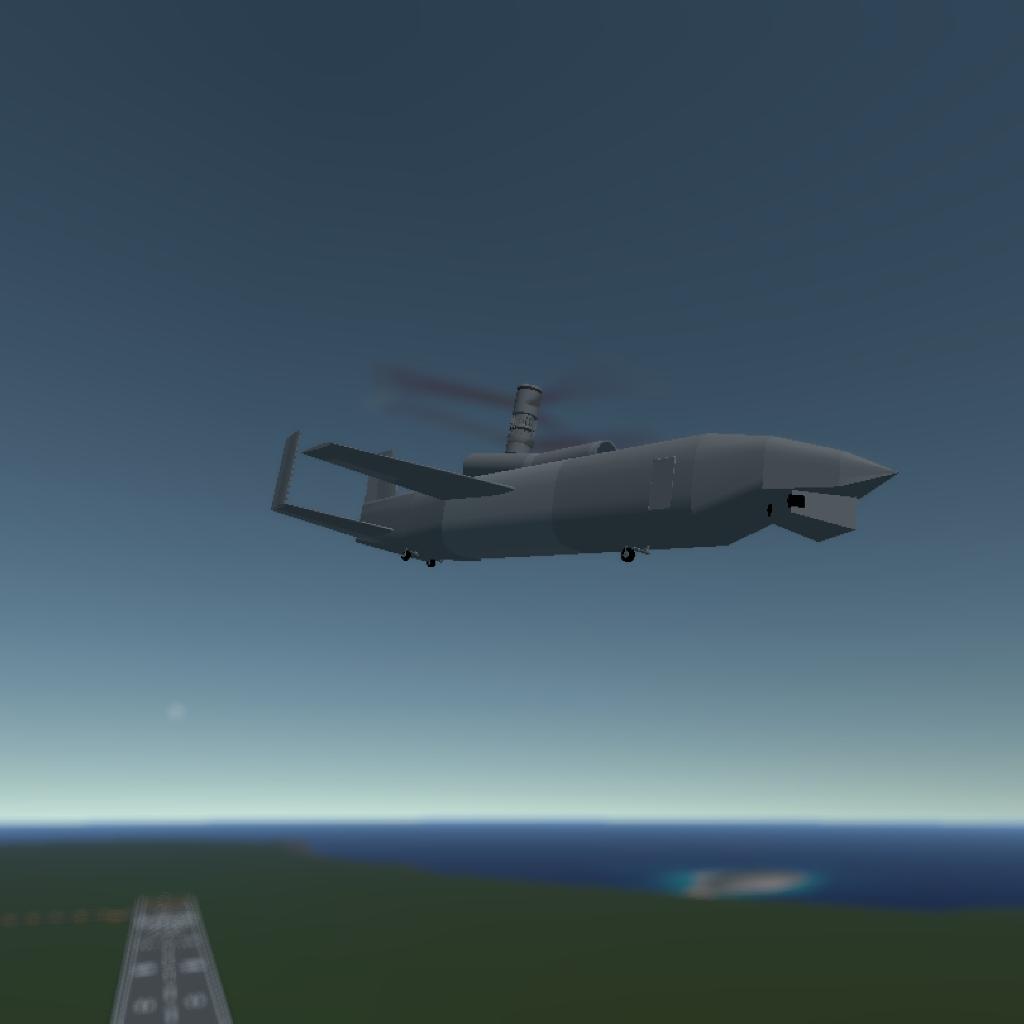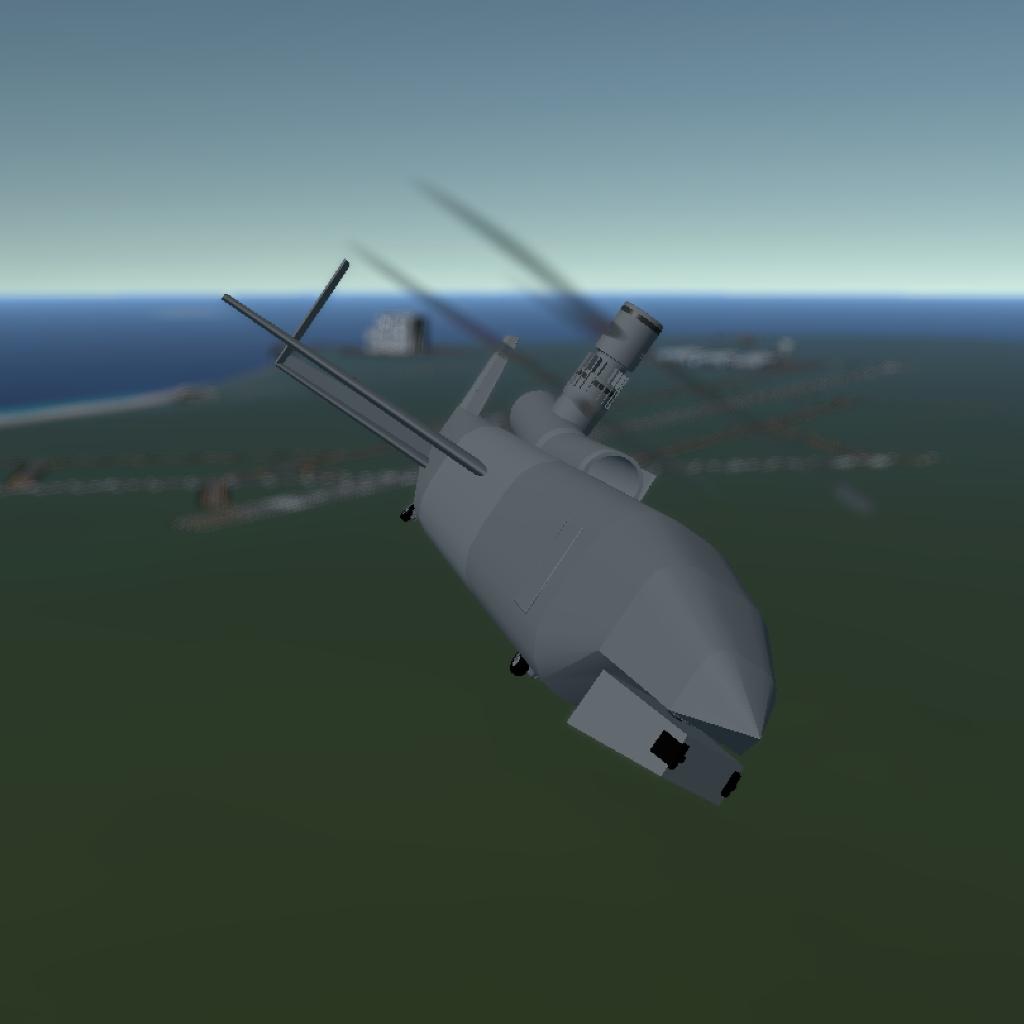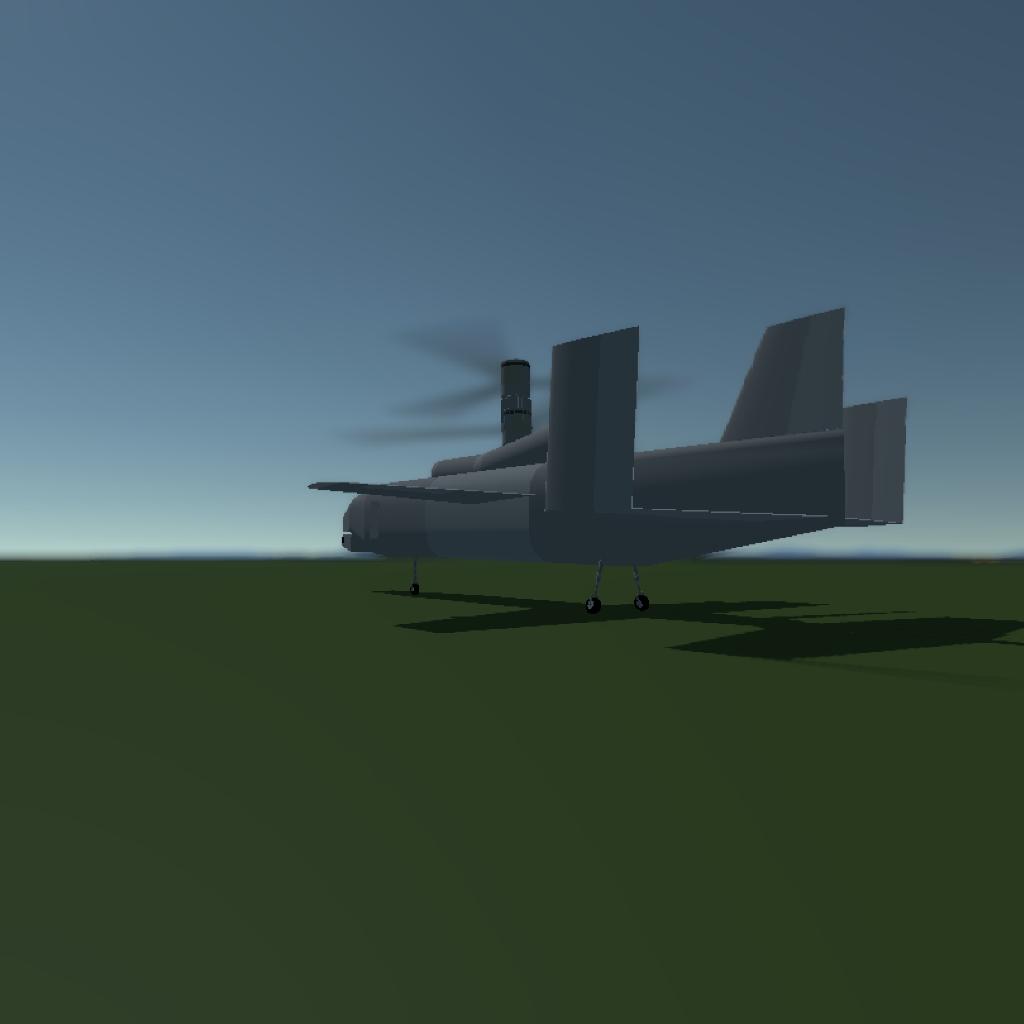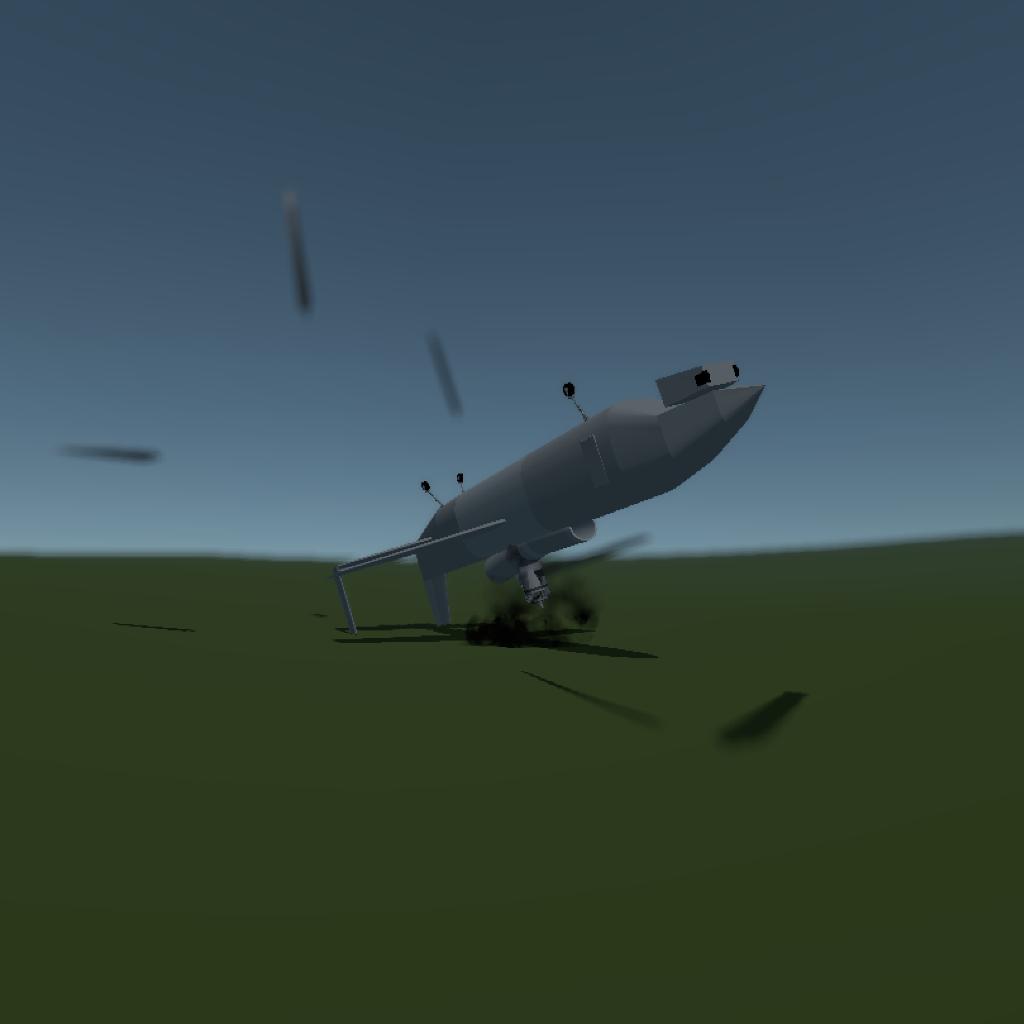REQUIRES NAVBALL OR LOCKING CURRENT DIRECTION
Origins of the Qh-9 Helicopter UCAV
The Qh-9 is a state-of-the-art unmanned combat aerial vehicle (UCAV) that has made significant strides in aerial combat technology. Its development is a testament to the advancements in UAV design, particularly in the realm of helicopter configurations. Here's a detailed account of its origins:
Conceptualization and Early Development
The concept for the Qh-9 was first conceived in the early 2010s as part of a broader initiative to enhance the capabilities of unmanned aerial systems (UAS). The primary goal was to create a UCAV that could operate effectively in complex environments and perform a variety of missions, including reconnaissance, surveillance, and targeted strikes.
Design Innovations
Co-Axial Rotor System: One of the most distinctive features of the Qh-9 is its co-axial rotor system. This design, which involves two counter-rotating rotors mounted on the same axis, offers several advantages over traditional rotor configurations:
- Increased Lift and Stability: The co-axial rotors provide greater lift and improved stability, which is crucial for a UCAV operating in diverse environments.
- Reduced Rotor Diameter: This allows for a more compact design, enhancing maneuverability and reducing the aircraft's radar signature.
Three Vertical Stabilizers: The Qh-9 is easily recognizable by its unique three vertical stabilizers. This design choice was made to:
- Enhance Stability: The additional stabilizers contribute to the aircraft's stability, particularly during high-speed maneuvers.
- Improve Control: They provide better control and handling, especially in turbulent conditions.
Central Gyro System: At the heart of the Qh-9’s supermaneuverability is its advanced gyro system, located centrally within the aircraft:
- Precision Maneuvering: The gyro system allows for precise control over the aircraft's movements, enabling it to perform complex aerial maneuvers.
- Stability: It enhances overall stability, ensuring smooth operation even under high stress.
Development and Testing
The development phase of the Qh-9 involved extensive testing and iteration. Initial prototypes were tested rigorously to refine the co-axial rotor system and the gyro stabilization mechanisms. The testing process included:
- Wind Tunnel Testing: To optimize the aerodynamics and stability of the rotor and stabilizer configuration.
- Flight Simulations: Advanced simulations to model the aircraft's behavior under various conditions and mission profiles.
- Field Trials: Real-world testing in diverse environments to ensure reliability and performance.
Deployment and Operational Use
After several years of development and testing, the Qh-9 was finally deployed in the late 2010s. Its operational capabilities have since been demonstrated in various scenarios:
- Surveillance Missions: Utilizing its stability and maneuverability for detailed reconnaissance operations.
- Combat Missions: Engaging in targeted strikes with high precision, leveraging its advanced maneuvering capabilities to avoid enemy defenses.
Conclusion
The Qh-9 Helicopter UCAV represents a significant leap forward in unmanned aerial combat technology. Its co-axial rotor system, distinctive three vertical stabilizers, and central gyro system combine to create a platform that is both highly maneuverable and stable. The Qh-9's development is a showcase of innovation in UAV design, ensuring it remains a formidable asset in modern aerial warfare.
Controls:
Main rotor:Ag1
Landing gear:Ag8
The camera thingy:Slider 1









